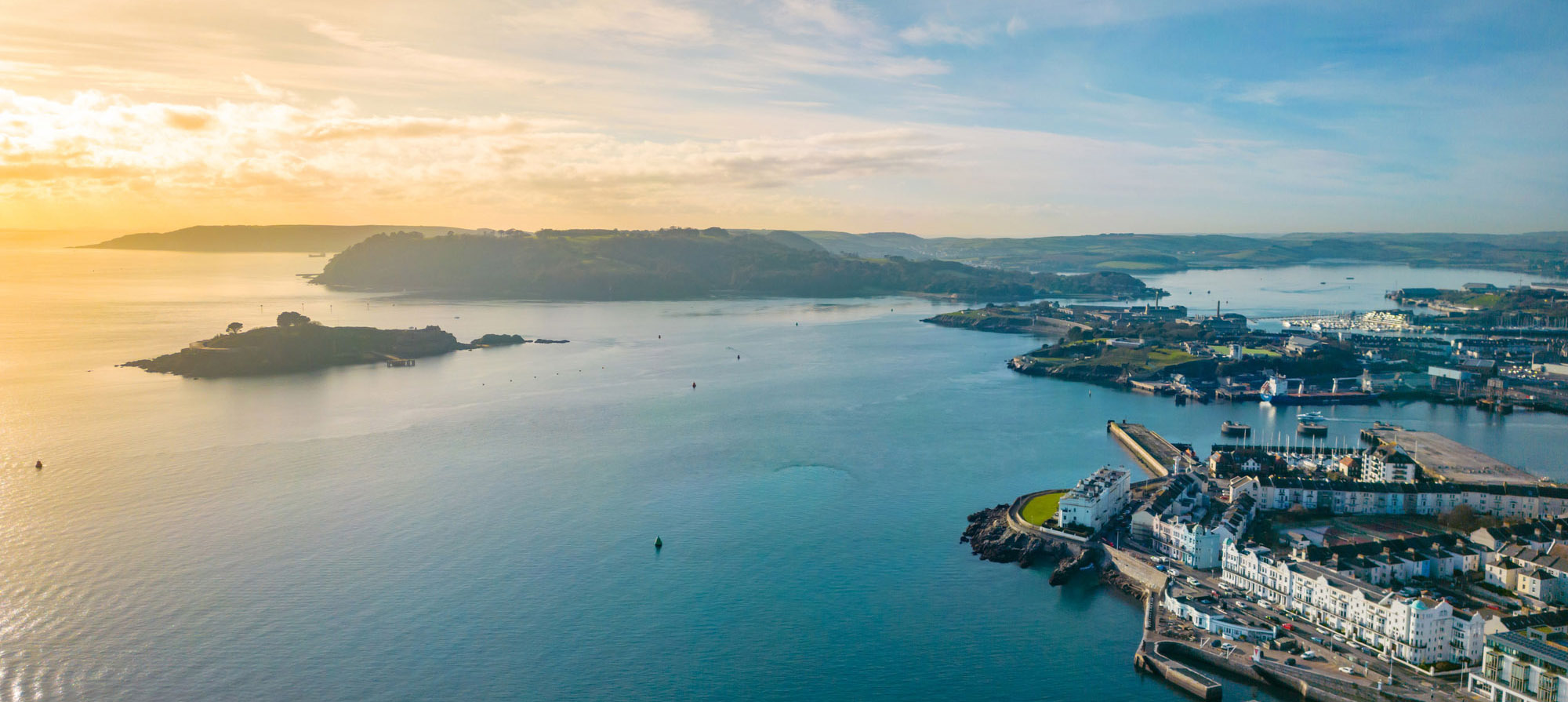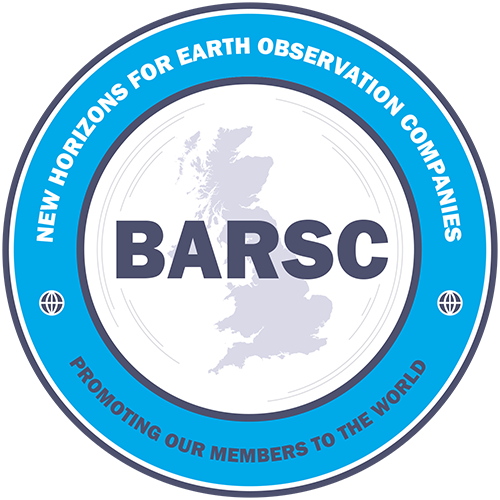Two BARSC member companies – Pixalytics and Specto-Natura – in partnership with Plymouth Marine Laboratory and CSIRO Australia, have been awarded funding by the UKRI Science and Technology Facilities Council to measure the impacts of flooding on water quality in the Plymouth Sound and the wider Western Channel Observatory.
The two-year project, named Vis4Sea (VISualisation and Assessment of water quality using an Open Data Cube FOR the weStern English chAnnel) has been funded through the UK/Australia Earth Observation AgroClimate Programme.
In the Western English Channel, periodic flooding as a result of heavy rainfall is becoming more frequent. This is because the heating of inland water and the sea is causing more evapo-transpiration which results in high rainfall, and then flooding.
These flooding events can carry agricultural fertilisers, sewage effluent and, in some locations, heavy metals from mining tailing ponds from the rivers to the coast – posing a risk to human health and to the environment through the deposition of high nutrients, suspended material, viruses and bacteria to the coast. This in turn can be deleterious to seagrass beds and mud flats which are important areas for depositing and drawing down carbon dioxide from the atmosphere.
The Vis4Sea project intends to measure the impacts of these flooding events, using a wealth of measurements to piece together the bigger picture.

With scientific advancements has made an incredible amount of data available to marine scientists to study the environment. These include measurements made from samples collected by boats, data from marine moorings, buoys and unmanned vessels as well as satellite data. For satellite data, this is now available at very high resolution so that a range of parameters and the intricate details of these in rivers, estuaries and the coast can be easily seen from space.
However, given the variety different sources of data available, it can be difficult to analyse them in a coherent, consistent and easily findable format.
To piece together the data measuring the water quality in the Plymouth Sound, scientists involved in the Vis4Sea project will build a cohesive Open Data Cube to facilitate the combination of in situ sampling, automated sensor network and multi-source, multi-sensor drone and satellite data.
Data Cubes are gridded and stacked arrays of different data sets, that can be interrogated easily and efficiently by scientists. The scientific organisation CSIRO in Australia has developed open data cubes, called AquaWatch Data Integration and Analysis System or ADIAS, that allows multiple users to easily interact with large archives of data. Through this platform, computer code, known as machine learning, can be used to turn some of the data sets into water quality parameters, to allow the assessment of whether coastal water is ‘clean’ or ‘poor’ quality.
Lead Scientist Dr Gavin Tilstone said about the project: “Flooding events are becoming more common and can result in the discharge of sewage effluent to the coast, which can affect pristine marine habitats around the Plymouth Sound.”
“We are looking forward to utilising the recent developments in data cubes and machine learning to track these events in the local area, and assess their impacts on water quality, mud flats and sea grass beds.”
The Vis4Sea project is a partnership between CSIRO, Australia, Pixalytics Ltd., and Specto-Natura Ltd. And the lessons learnt in the Plymouth Sound will be applied to the Fitzroy River and Murray Darling Estuary in Australia, where periodic flooding is also becoming more frequent. It will also provide maps of areas that are not affected by flooding to allow conservation groups to regenerate Seagrass beds.
Dr Samantha Lavender, the Managing Director of Pixalytics Ltd. said about the project and partnership that “As an SME, it’s exciting to be working in collaboration with UK and Australian partners on highly relevant issues linked to water quality.”
The information generated by the project will be freely available to end-users to help the monitoring and management of water quality in the Plymouth Sound catchment, and the project data and results will be showcased to interested parties through an end of project stakeholder event.

